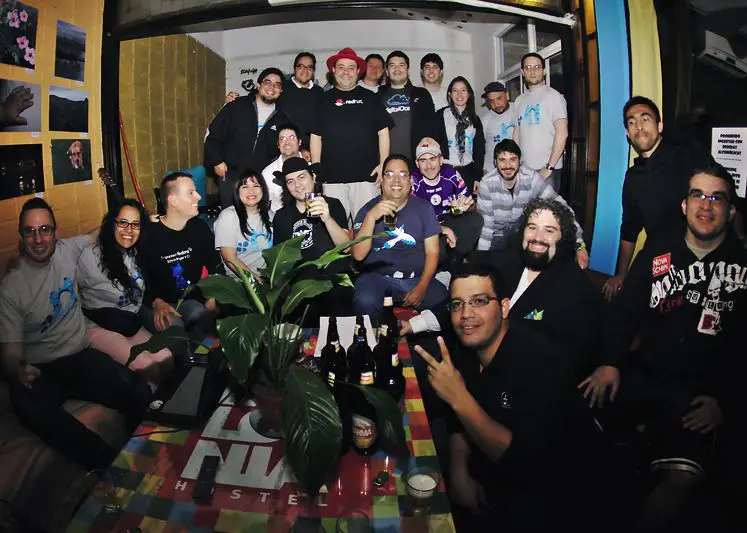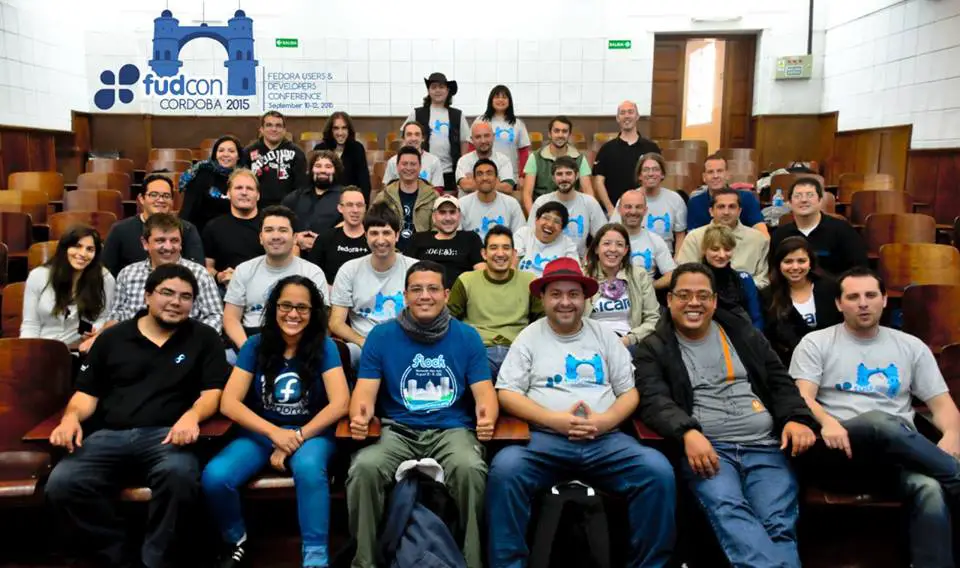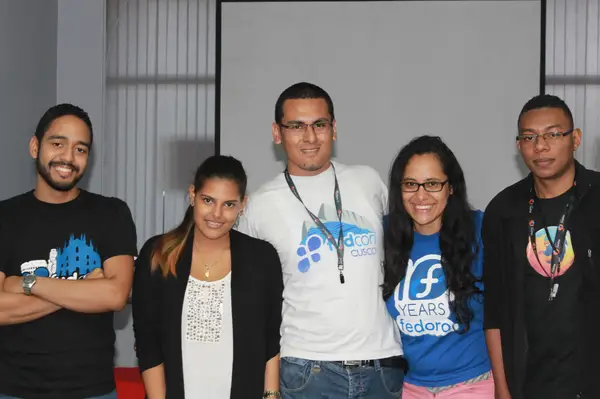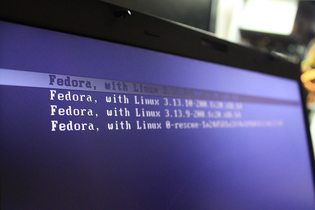Vía Usemos Linux les traigo las instrucciones para agregar barra en terminal utilizando el sistema operativo Fedora
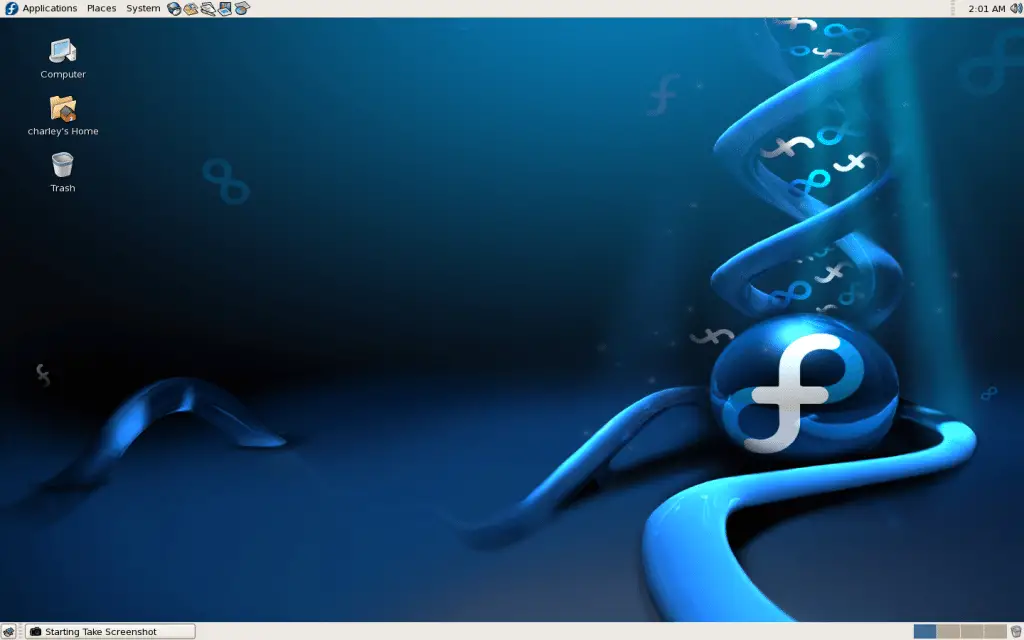
Usemos Linux ha publicado un artículo donde se explica de una manera sencilla la adición de una barra separadora en la terminal que nos permite diferenciar fácilmente la ejecución de los comandos.
Para tener esta característica, debes crear un archivo llamado .bash_ps1 en tu carpeta general de usuario, si utilizas nano para crear o editar archivo terminal, sólo debes copiar el siguiente comando:
nano .bash_ps1
Y copiar el siguiente código:
[codesyntax lang=»c»]
|
1 2 3 4 5 6 7 8 9 10 11 12 13 14 15 16 17 18 19 20 21 22 23 24 25 26 27 28 29 30 31 32 33 34 35 36 37 38 39 |
# Fill with minuses # (this is recalculated every time the prompt is shown in function prompt_command): fill="--- " reset_style='\[\033[00m\]' status_style=$reset_style'\[\033[0;90m\]' # gray color; use 0;37m for lighter color prompt_style=$reset_style command_style=$reset_style'\[\033[1;29m\]' # bold black # Prompt variable: PS1="$status_style"'$fill \t\n'"$prompt_style"'${debian_chroot:+($debian_chroot)}\u@\h:\w\$'"$command_style " # Reset color for command output # (this one is invoked every time before a command is executed): trap 'echo -ne "\e[0m"' DEBUG function prompt_command { # create a $fill of all screen width minus the time string and a space: let fillsize=${COLUMNS}-9 fill="" while [ "$fillsize" -gt "0" ] do fill="-${fill}" # fill with underscores to work on let fillsize=${fillsize}-1 done # If this is an xterm set the title to user@host:dir case "$TERM" in xterm*|rxvt*) bname=`basename "${PWD/$HOME/~}"` echo -ne "\033]0;${bname}: ${USER}@${HOSTNAME}: ${PWD/$HOME/~}\007" ;; *) ;; esac } PROMPT_COMMAND=prompt_command |
[/codesyntax]
Guarda los cambios y ejecuta el siguiente comando:
nano ~/.bashrc
Una vez que lo hayas abierto, debes copiar el siguiente código:
[codesyntax lang=»c»]
|
1 2 |
if [ -f "$HOME/.bash_ps1" ]; then . "$HOME/.bash_ps1" fi |
[/codesyntax]
Sólo te queda guardar cambios y reiniciar tu terminal.
Visto en: Usemos Linux

